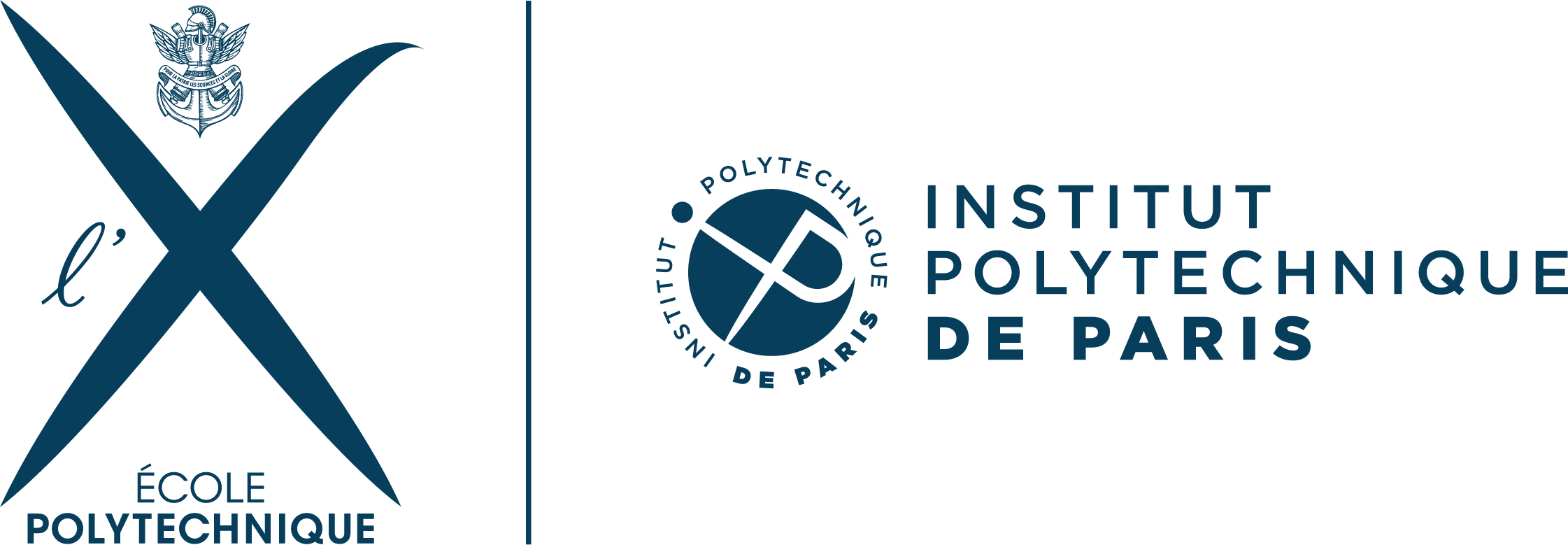About this course
As anybody, familiar with 1970s sitcoms can confirm, Mel, Alice's cook used to say:
“the best defense is a good offense”.
In cybersecurity, a similar saying would be that in order to know how to secure something, one needs first to know how to compromise & break it.
This is exactly what the MODAL offers to do. Through a set of lessons, tutorials, and challenges, we will understand — and try — how to “break things”. This can include topics such as:
- TCP Connection hijacking & SYN flooding
- SQL Injection attacks on WWW servers
- Heartbleed - that SSL bug that caused the whole Internet to flip out
- DNS Cache Poisoning
- ...
We will also call on outside experts, to present their experiences, favorite attacks, and possible countermeasures.
The practical part of this course consists of a set of tutorials and a set of challenges.
-
Tutorials: are optional, and serve to help students who need them acquire a certain set of skills. Each tutorial requires a submission of some code, which will be evaluated, and a grade (0-5) will be given.
-
Challenges: each represent "a thing to hack", such as DNS, or TCP, or DHCP, or invoking a buffer overflow, or performing a man-in-the-middle attack. Challenges will each have an explanation, and supporting material, for what is expected - but will require independent thinking. Each challenge requires a submission of some code, which will be evaluated, and a grade (0-10) will be given. Note that a code submission that "does the job, nothing more, nothing less" will be graded 5. Grades in the interval (5-10) reflect an additional effort, such as highly modular code, flexible, robust, or supporting different attack approaches.
You're encouraged to work in a small group of 1-2 students for each challenge.
You will choose to work on challenges in the order you like, and you will do however many you want - or, need, in order to get enough points to pass the course.
Learning outcomes
Students will acquire a thorough understanding of real-world Internet protocols, as well as the basics of how a “hacker” operates and thinks.
Examination
Form: Continuous assessment
Location/format: online
Re-sit possibility: no
Transcript available: end of academic year Add. info/requirements: Internet access & a computer is required
Activities
The course will be available asynchronously, fully on-line, or on- side, through learning flows with short videos, quizzes, homework, lab exercises / tutorials — as well as office-hours via Webex with professors and instructors. While being asynchronous
Additional information
- More infoCoursepage on website of École Polytechnique
- Contact a coordinator
- CreditsECTS 6
- LevelMaster
- InstructorsThomas Clausen
- Mode of instructionOnline - time-independent
Offering(s)
Start date
7 March 2025
- Ends23 May 2025
- Term *unknown
- Instruction language
Enrolment period closed
